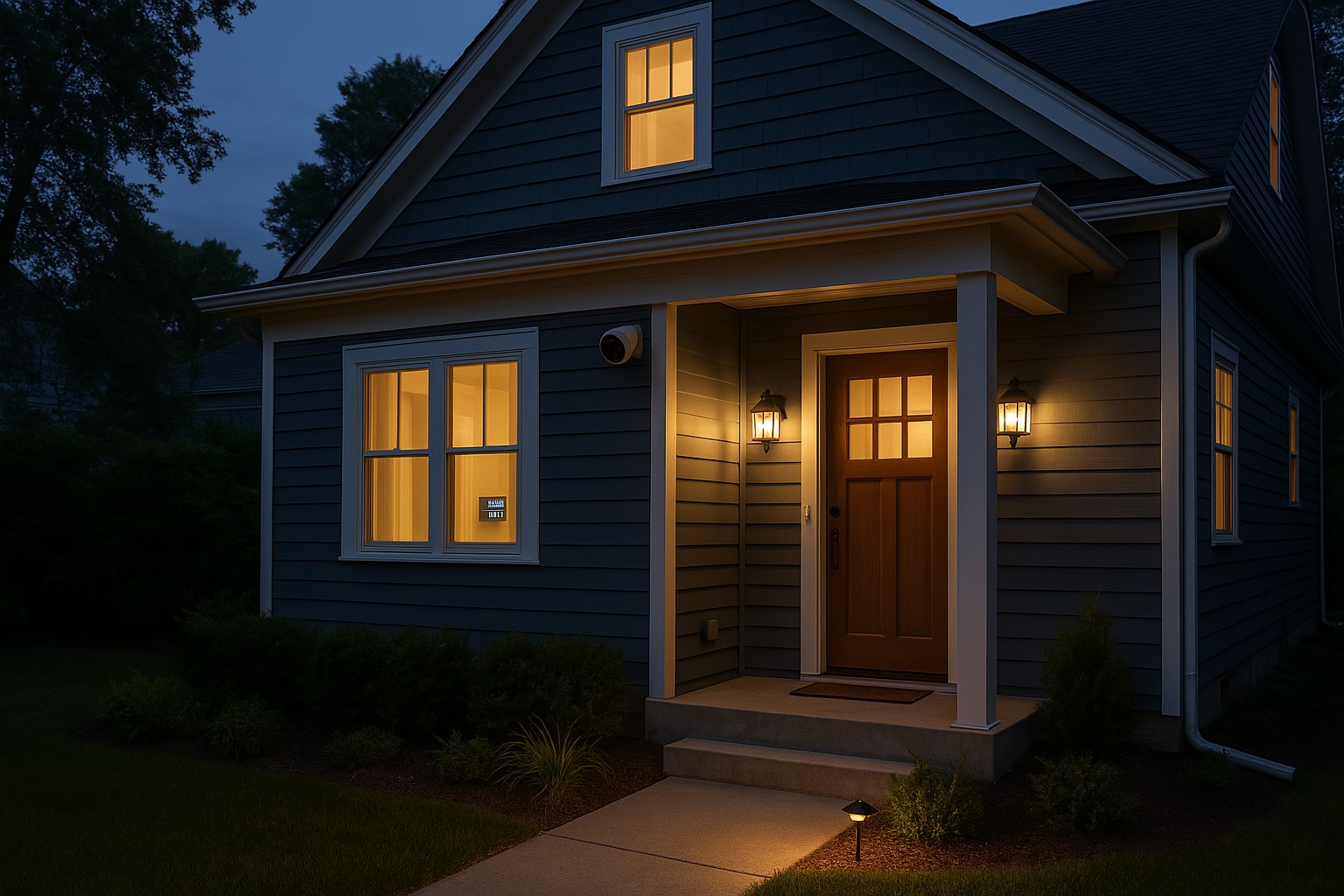Things to Know Before Installing a Security System

Protecting your home or business is one of the smartest moves you can make, and a good security system is often the first step in doing just that. But before jumping in and buying the latest tech or signing up for a service contract, there are a few key things to consider. Installing a security system isn’t just about cameras and alarms—it’s about understanding your needs, evaluating your space, and being realistic about what kind of protection you actually require.
Security systems vary in price, features, and complexity. Some are DIY-friendly and budget-conscious, while others are professionally installed and include 24/7 monitoring. Knowing the difference can save you time, money, and frustration down the line.
Quick Take: What to Consider Before You Commit
Before installing a system, it helps to know what type of protection you want. This includes deciding between wired and wireless options, figuring out where the system will be used, and knowing how much control you want over it. For homeowners, the decision may revolve around family safety, package theft, or neighborhood crime. For renters, it might be about flexibility and not violating lease agreements. Businesses often have different concerns like after-hours access or protecting inventory.
Also important is understanding the differences between professional monitoring and self-monitoring. Some people are happy to receive alerts on their phones and manage everything through an app. Others prefer knowing there’s a support team watching for alerts around the clock.
In short, know your priorities before choosing the right system for you.
Location and Layout Matter
The design of your home or business has a direct impact on what kind of system you’ll need. A small apartment may only require a basic door and window sensor setup. A large house, especially one with multiple entrances and a garage, might call for a more advanced setup that includes motion detectors, exterior cameras, and perhaps even smart locks.
Think through areas of vulnerability. Side doors, basement windows, and garage entries are all common weak points that burglars may target. Placing sensors in less obvious places can provide better coverage and peace of mind.
Outdoor cameras can also deter unwanted activity before it starts. Just be sure to check local privacy laws if you’re in an area with neighbors close by—some regions have rules about filming near shared property lines.
Wired or Wireless: What’s the Right Fit?
Wired systems are known for being reliable. They’re connected directly to your electrical system and often to a landline. They’re harder to tamper with, but installation is more involved and may require a professional. Once installed, they’re great for long-term use and less prone to interference.
Wireless systems, on the other hand, are much easier to install and can be moved or adjusted as needed. They’re powered by batteries and Wi-Fi, and many models are designed for easy self-installation. This makes them a great option for renters or anyone who wants a system they can take with them when they move.
If you live in a place with spotty internet or frequent power outages, make sure to choose a wireless system that includes cellular backup or local storage to keep the system running even if the Wi-Fi drops.
Monitoring: Professional or Self-Managed?
One of the most significant decisions is how your system will be monitored. Professional monitoring services usually come with a monthly fee, but they offer 24/7 protection. If a sensor goes off, they’ll call you and can alert the police if necessary. These systems may also include perks like smoke detection or carbon monoxide alerts.
Self-monitoring is cheaper and often comes with no subscription at all. Instead, you receive push notifications on your smartphone and decide how to handle any alerts. The catch is that you need to be available to respond. If you’re in a meeting, on a flight, or your phone is dead, you might miss an alert altogether.
The decision here really comes down to lifestyle and budget. If you’re tech-savvy and want more control, self-monitoring might be enough. If you want the peace of mind that someone else is always watching, go with professional.
Hidden Costs and Subscriptions
Security systems aren’t always one-and-done purchases. Many systems come with optional—or sometimes mandatory—subscription services. These may include cloud storage for video footage, mobile app features, or professional monitoring.
Before buying, check for any recurring charges. Some companies offer basic functionality for free but require a monthly fee to unlock all features. Others bundle everything into a service contract, which might tie you in for a year or longer.
Don’t forget to factor in the cost of replacement batteries, software updates, or accessories like extra cameras or door sensors. Planning ahead can help you avoid surprises.
Smart Home Compatibility
Modern systems often integrate with other smart devices. If you already have a smart doorbell, thermostat, or lights, make sure the system you choose works with your existing setup. Some systems are compatible with platforms like Amazon Alexa, Google Assistant, or Apple HomeKit, while others work only within their own app ecosystem.
Smart integrations can make your system more efficient. You might set your lights to turn on when a camera detects movement or get a voice alert if the front door opens unexpectedly. These features can boost security and convenience, but they’re not always necessary for every user.
Installation Options and Setup
Do-it-yourself systems have come a long way. Many require no tools at all and can be set up in under an hour. Still, professional installation can be a better option if your system includes wiring, complex layouts, or you’re not comfortable handling setup on your own.
When installing sensors and cameras, follow manufacturer guidelines closely. Placing them too high or low may reduce effectiveness. Cameras should have clear views, without too much glare or shadow. Entry sensors should be firmly secured to avoid false alarms.
A clean install helps ensure your system runs smoothly from day one.
Privacy and Data Security
Security doesn’t stop at physical break-ins. Any device connected to the internet can be a potential target for hackers. Before buying, research the brand’s reputation for privacy and security. Do they use encryption? Do they offer two-factor authentication? How do they handle your video and sensor data?
Stick with trusted brands that provide regular software updates and clear privacy policies. Avoid cutting corners with unknown manufacturers that might store data on unsecured servers or offer limited customer support.
Insurance Perks
Some home insurance providers offer discounts if you have a security system installed. Others may even require one, especially for high-value properties or areas with high crime rates. Ask your provider if you’re eligible for a discount, and keep documentation of your system in case you need to submit proof.
This small detail might not be the reason to install a system, but it’s a good extra benefit worth checking out.
What It All Boils Down To
Installing a security system is about more than picking out hardware. It’s about understanding your lifestyle, your home or business layout, and your personal expectations for safety and control. Whether you choose something simple or go all-in on automation and monitoring, the best system is one that fits you—not just in features, but also in cost and ease of use.
Take your time researching, ask questions, and don’t rush the process. Getting






